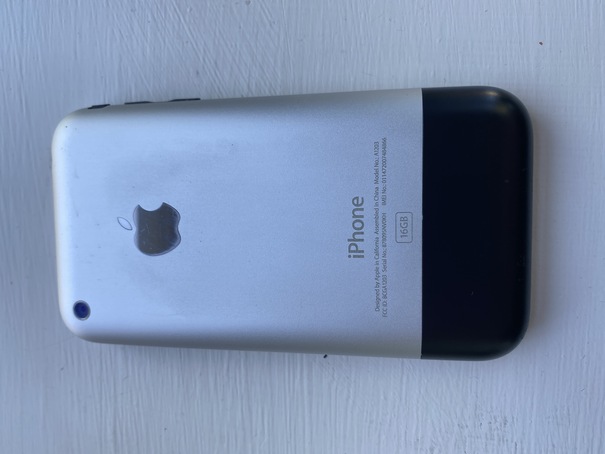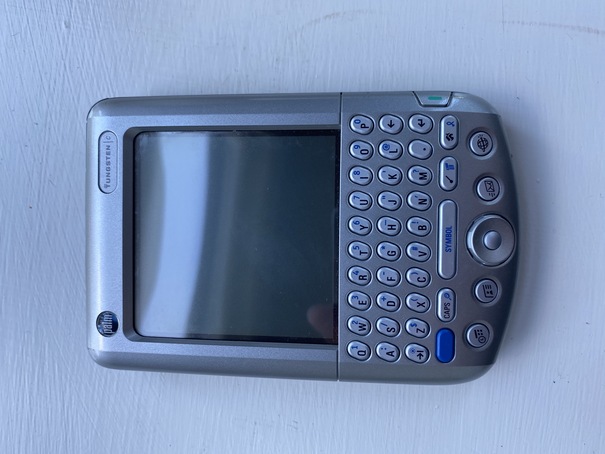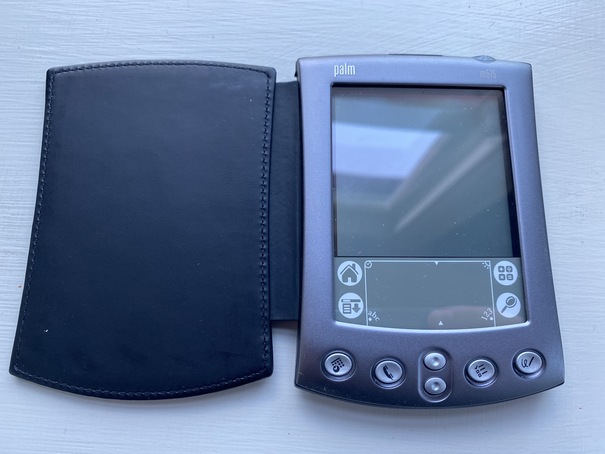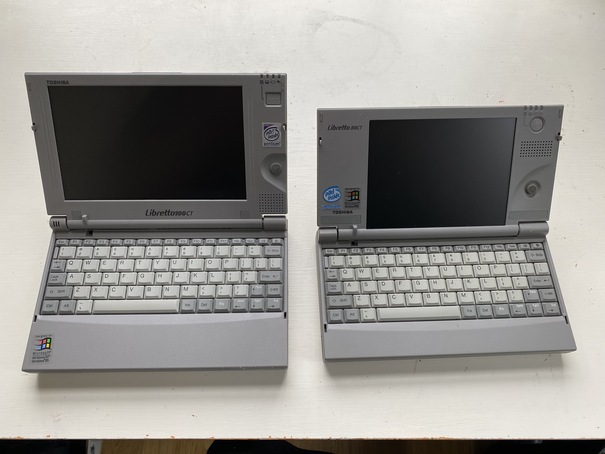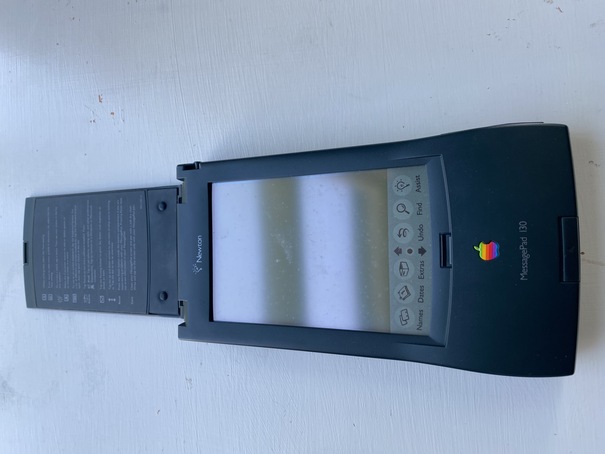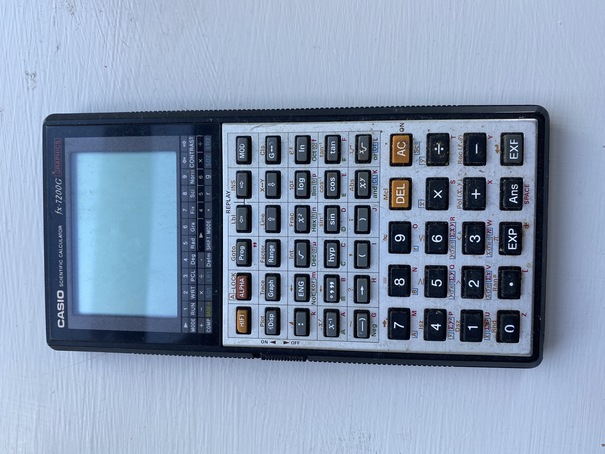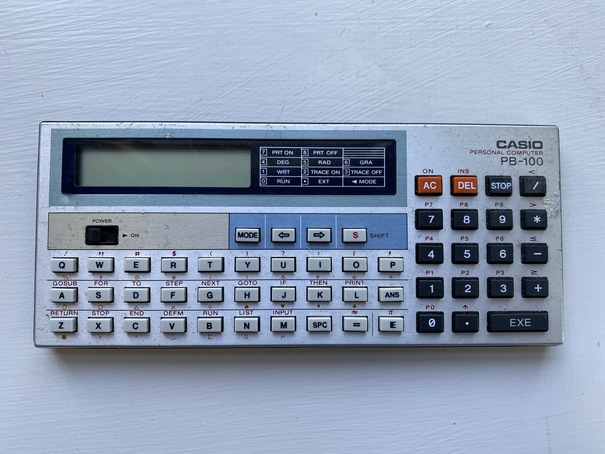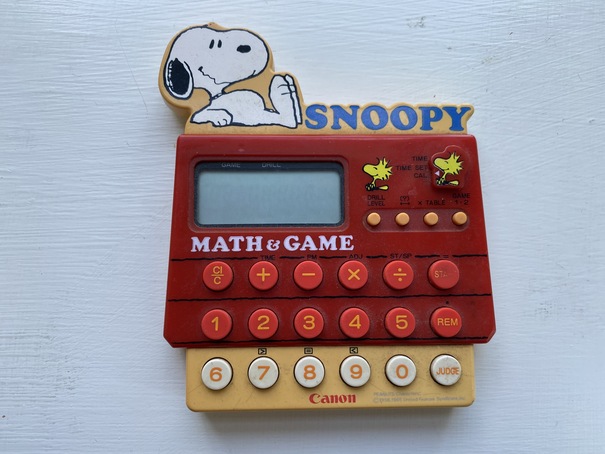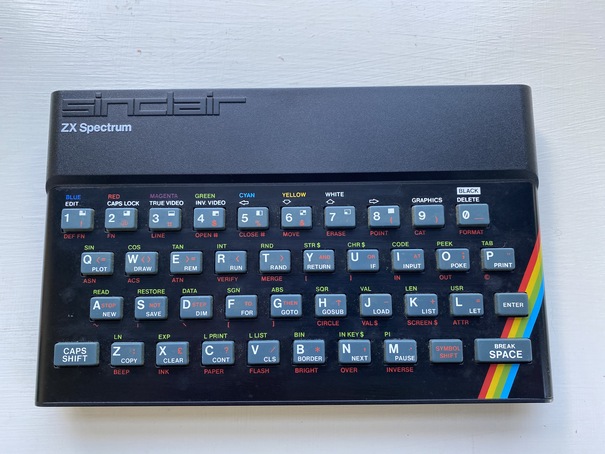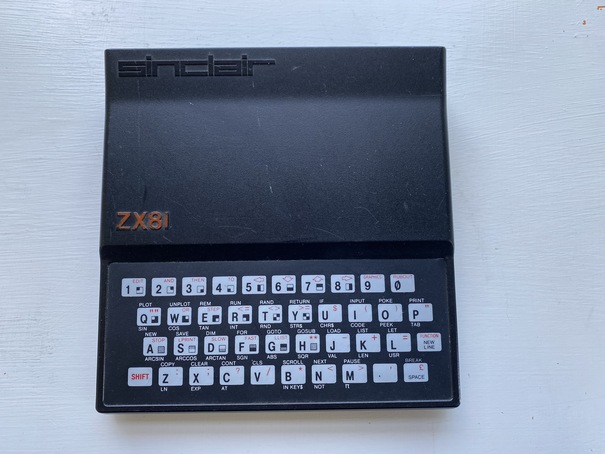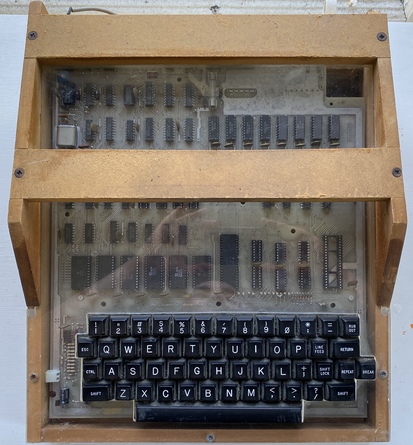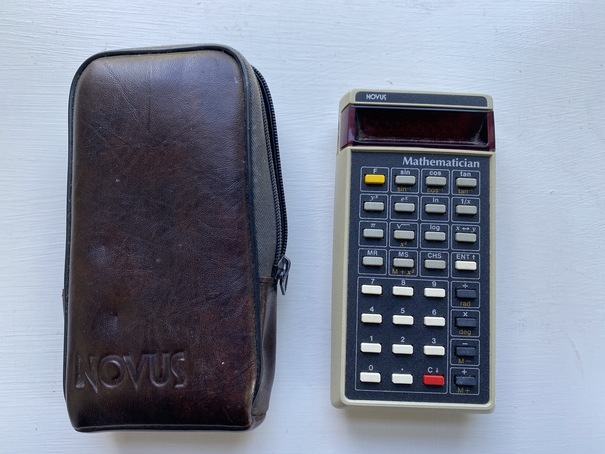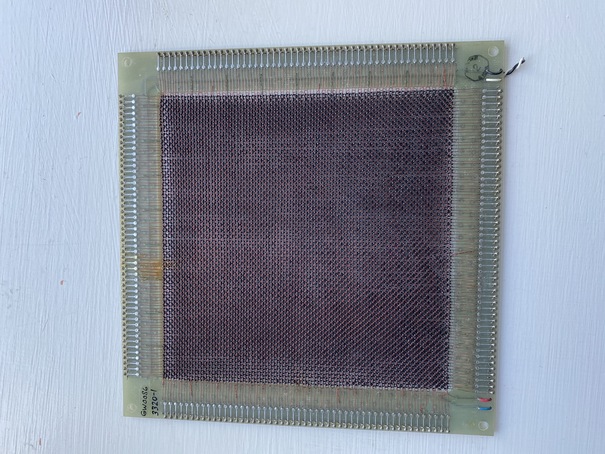A look at my collection of old computers and calculators.
Newer stuff first…
iPhone (1st generation)
From around 2007.
The first iPhone, only 2G/GPRS cellular connectivity or Wi-Fi.
Running a 412 MHz Samsung ARM processor with 128MB of RAM.
Palm Tungston C
From around 2003.
The first Palm device to have built in 802.11b Wi-Fi.
Running a 400 MHz Intel PXA255 processor with 64 MB of memory.
Palm M515
From around 2002.
From the Palm V series, this was seen by many people as the definitive PDA.
Rechargeable with an internal lithium polymer battery.
A 160x160 pixel display with full color.
Running a 33 MHz Motorola Dragonball VZ with 16 MiB of memory.
Libretto 100CT and 50CT
From around 1996.
The Toshiba Libretto series was designed to be a full PC computer the size of a paperback book.
Both have an Intel Pentium 166 MHz MMX with 32 MB RAM
Apple Newton MessagePad 130
From around 1996.
The Apple Newton MessagePad was designed to be a handheld computer with a 320x240 pressure-sensitive, backlit monochrome display for use with a provided stylus.
Expandable via PCMCIA cards.
Casio FX-7200g
From around 1986.
The Casio FX-7200g is a programmable graphing calculator.
Casio PB-100
From around 1983.
The Casio PB100 was a real pocket computer in so much as it could run small programs written in BASIC.
Cannon MS10 - Snoopy math & game calculator
From around 1982.
The Cannon MS10 was both a calculator and an education game.
ZX Spectrum
From around 1982.
The ZX Spectrum was one of the most popular home computer in the UK in 1983.
Running a 3.5 MHz Z80 CPU with 16KB of RAM.
ZX81
From around 1981.
The ZX81 was designed to be a low-cost introduction to home computing for the general public, quickly replace by the ZX Spectrum.
Sold as a kit or assembled and ready to go.
Running a 3.25 MHz Z80 CPU with 16KB of RAM.
Ohio Scientific Superboard II
From around 1978.
Running a 6502 CPU with 4KB of RAM.
Novus 4510 Mathematician calculator
From around 1975.
The Novus Mathematician uses Reverse-Polish Notation (RPN) for calculations.
eight-digit red LED display
Core Memory Board
From around 1970.
History of this is not clear, it is likely from a PDP8.
